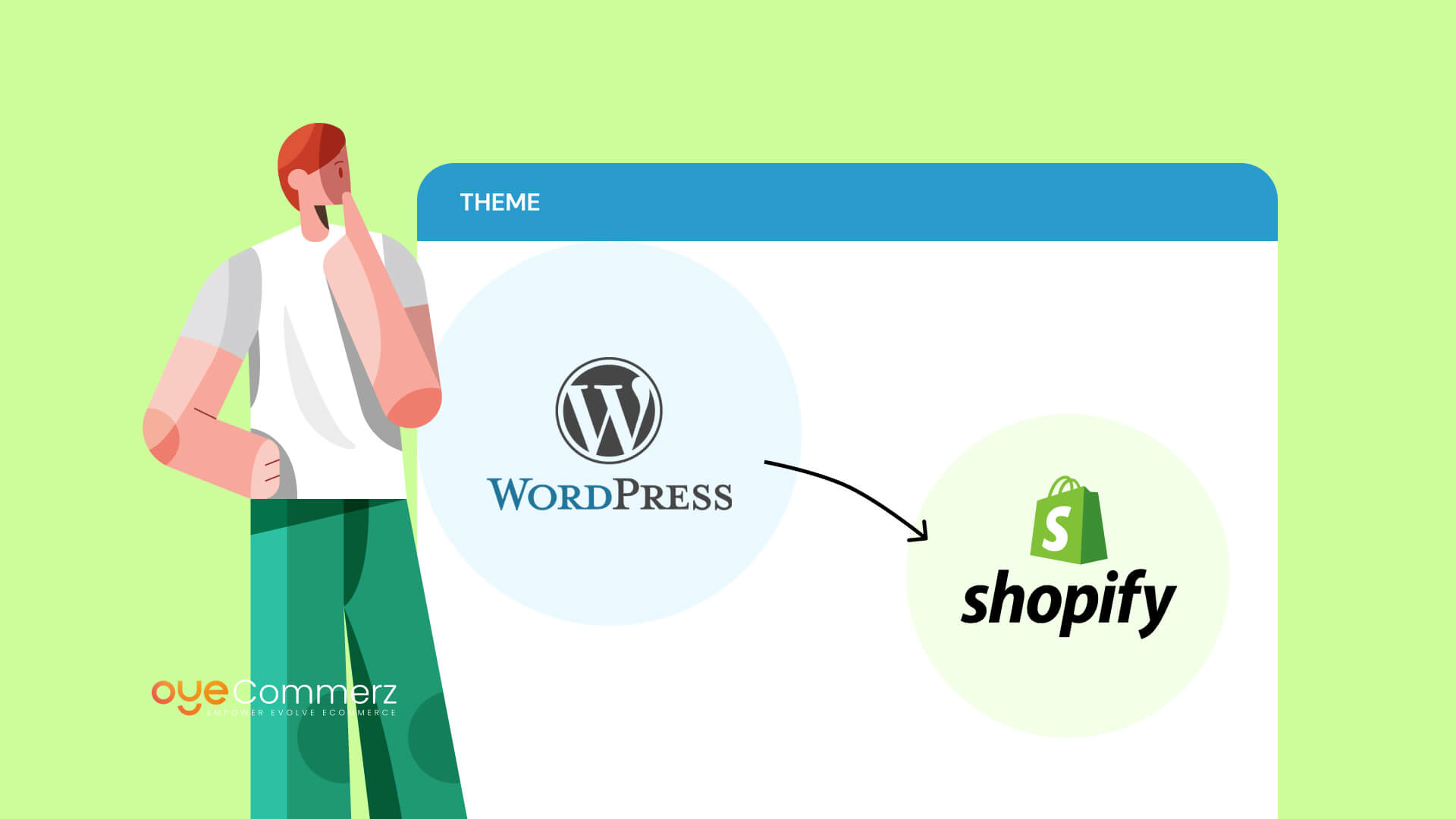Transitioning from WP to Shopify marks an promising step in optimizing your online store processes. As businesses grow, selecting a solution that aligns with scalability, user experience, and flexibility is essential. Shopify is widely recognized as a favorite for e-commerce professionals, providing superior flexibility, data protection, and user-friendliness. In this guide, we will delve into why this migration is a game-changer, discuss the benefits, and provide actionable steps to ensure a seamless move.
1. Why Switch from WordPress to Shopify?
WordPress, paired with WooCommerce, continues to support countless online stores. However, as companies expand, issues like reliance on plugins, security vulnerabilities, and technical complexities often obstruct growth. Shopify, designed explicitly for digital retail, addresses these issues with an comprehensive, user-friendly solution. Real data supports this shift—Shopify powers over 4.4 million websites worldwide, with a reported 10% increase in sales performance for many businesses post-switch.
2. Key Benefits of Shopify for E-commerce Success
Shopify’s robust ecosystem caters for expanding businesses. Its standout features are:
- Seamless Customization: Shopify provides over 80 professionally designed themes.
- Integrated Tools: Capabilities such as Shopify Payments and integrated SEO streamline operations.
- International Expansion: Currency versatility and localization features empower brands to expand internationally.
Additionally, Shopify delivers an availability percentage of 99.98%, ensuring your store is always operational.
3. Preparing for WordPress to Shopify Migration
Prior to starting the migration process, assess your current store. Review inventory details, customer details, and SEO performance. Resources such as Shopify’s Migration Kit or external tools can simplify this process. Develop a detailed strategy, making sure all assets—product descriptions, images, and articles—are optimized for transfer.
4. The Importance of Accurate Data Migration
Transferring your data forms the foundation for a successful platform switch. When migrating from WP to Shopify, focus on:
- Inventory Details: SKU, item summaries, and categories.
- Customer Data: Emails, order history, and preferences.
- Search Engine Considerations: Retain meta tags, URLs, and forwarding paths to Shopify advanced features avoid SEO losses.
Use apps like LitExtension to streamline data transfer while minimizing errors.
5. Customizing Your Shopify Store
After the move, personalizing your Shopify store helps it reflects your brand. Utilize Shopify’s drag-and-drop editor to design pages effortlessly. Shopify's themes are optimized for all devices, providing a seamless UX across devices—a critical factor, given 74% of online shopping comes from mobile users.
6. How to Protect Your SEO Rankings When Switching Platforms
Search engine optimization is crucial for maintaining your visibility during migration. Shopify is highly optimized for search engines with organized link formatting, preloaded features, and smooth content management. Make sure you:
- Set up URL forwarding for existing links.
- Enhance updated content with targeted phrases.
- Leverage plugins like Plug in SEO to monitor performance post-migration.
7. Post-Migration Testing
After finishing the transfer, run detailed checks.
Check: - Page load times (Shopify Shopify migration case study boasts faster speeds compared to WP).
- Payment integration reliability and checkout processes.
- Adaptability across devices.
Quality assurance ensures your store provides a seamless shopping journey from day one.
8. Case Study of a Successful Migration
One such migration success story is Gymshark, a sportswear company that transitioned to Shopify. After the switch, the company experienced a 60% increase in mobile sales and significantly lowered site downtime. This showcases the potential of Shopify in enhancing e-commerce growth.
9. Overcoming Common Migration Issues
Migration is not without obstacles, such as data integrity and adjusting tailored features. However, Shopify’s extensive assistance and third-party experts simplify the process. Partnering with qualified Shopify developers helps guarantee a smooth transition.
10. Starting Your Journey with Shopify
Migrating from WP to Shopify marks a forward-thinking approach to e-commerce. By focusing on growth, streamlining operations, and enhancing the customer experience, Shopify empowers businesses to succeed in challenging industries.
Conclusion
Switching from WP to Shopify offers a smart solution that can significantly boost your e-commerce success. With a well-structured strategy, the appropriate resources, and expert support, you can achieve new success milestones.
Excited to start the journey? Let’s discuss how our Shopify migration services can transform your online store. Get in touch today, or consider: Can your business afford to miss out on Shopify’s growth potential?
